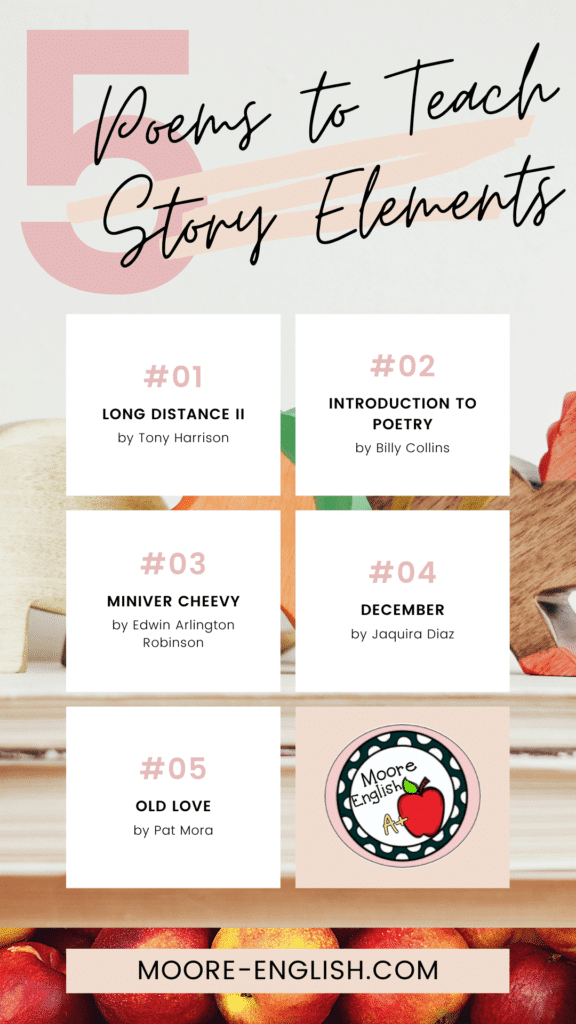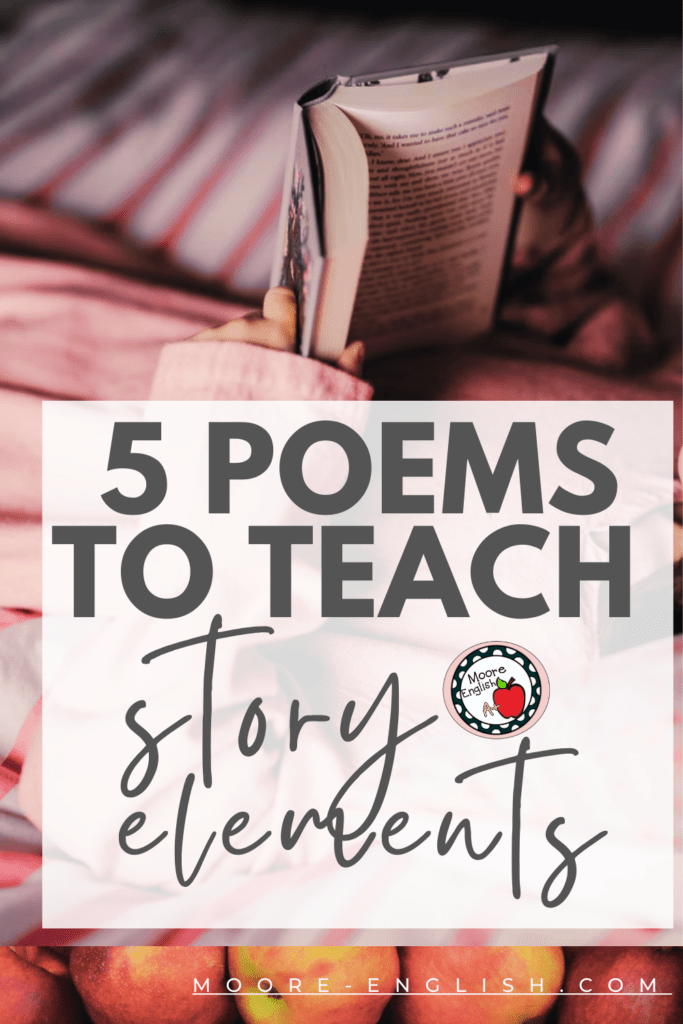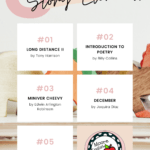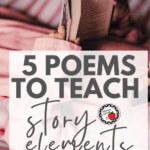Readers and teachers don’t often think of poems as stories. Nevertheless, poems often have plot, conflict, character, setting, and theme. Teaching story elements can take a lot of time, especially if you want students to work through an entire short story, novel, or drama.
Instead of turning to traditional sources, consider using poems to teach story elements. Here are some great reasons for using poems to teach story elements:
- Firstly, poems can be short. So if you are short of class time, poetry can be a great asset.
- Secondly, poems can be target locked. Whereas a larger work may cover a lot of standards, skills, or elements, it’s sometimes easier to focus in on one or two specific aspects of a poem.
- Thirdly, the brevity of poetry makes it a great tool for distance learning. Recording lessons can take a long time (even with great tools like this). I have strained my voice more than once recording short stories and annotations for my students. With a poem, you can shave off some time!
- Finally, all of these reasons also make poems good tools for intervention. My intervention period is pretty short, so I have to choose every tool carefully. In fact, my students’ intervention needs are what inspired me to put together collections of poems for teaching main idea and inference, too!
This post this post may contain affiliate links. Please read the Terms of Use.
Poems for Teaching Story Elements
Here are some of my favorite poems for teaching story elements!
“Long Distance II” by Tony Harrison: Until a recent round of curricular revisions, students would often enter my sophomore class without having read a poem in several school years. In fact, they often hated poetry. In an effort to re-introduce students to poetry and to draw on the work of living poets, I turned to this piece by Tony Harrison. Harrisons’ language is straightforward, and the text structure is simple but effective. In addition, this is a good poem for working on story elements, including main idea and mood. Check out this poem here.
“Introduction to Poetry” by Billy Collins: My students love to debate this poem! Do they agree with Collins’ speaker? Or have they learned to appreciate poetry in a different way? In addition, Collins’ speaker is such a fun character for students to discuss. The poem also has clear conflict and setting, which makes is a great tool for teaching story elements. Check it out here.
“Miniver Cheevy” by Edwin Arlington Robinson: Robinson’s poems are simple but complex, subtle but bold, and traditional but flexible. And the title character of Miniver Cheevy is no exception. For this reason, this poem is a great tool for teaching character development. But this poem also works for emphasizing point of view, conflict, and main idea. Check it out here. Furthermore, you can pair this poem with Robinson’s “Richard Cory” and “Luke Havergal.” Each poem offers a unique character portrait, and, read together, they illustrate Robinson’s most common themes, which remain relevant today. All three of these poems are featured in my Edwin Arlington Robinson bundle.
“December” by Jaquira Diaz: While several of the poems on this list have a traditional structure, this prose poem is a great exception. Not only does this text expose students to a different structure, it also encourages students to engage with a Puerto Rican author and a contemporary setting. The speaker in this poem has such a strong voice. And she relates a story that will resonate with students while also teaching story elements like conflict, tone, and setting. Check out the poem here. It’s included in the poetry anthology The BreakBeat Poets, Vol. 4: LatiNext, which was edited by Felicia Rose Chavez, José Olivarez, and Willie Perdomo.
“Old Love” by Pat Mora may be my favorite poem on this list! This poem has such a gentle tone that just breaks your heart! It makes a great poem to practice inference, to analyze character, conflict, and main idea! Read it here.
Bottom Line
At the end of a lesson, I often ask my students for the bottom line (this is a great exit ticket question!) And that’s what I’m going to do here. At the end of the day, poetry can be a great way to teach story elements. In secondary ELA, we don’t often have to introduce story elements. But ignoring story elements isn’t helpful either. As students read more complex and nuanced texts, returning to foundational literary elements can be an important part of helping students move into analytical and strategic thinking!
To find most of these poems in one place, check out my Story Elements Poetry Bundle. To purchase these poems individually would be $15, but with the bundle, you get one resource for free! Plus, I’ve included a free unit planner / pacing guide!

This post this post may contain affiliate links. Please read the Terms of Use.















